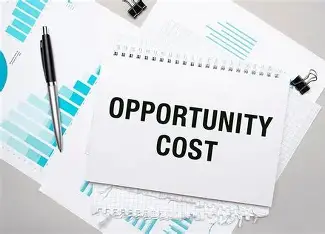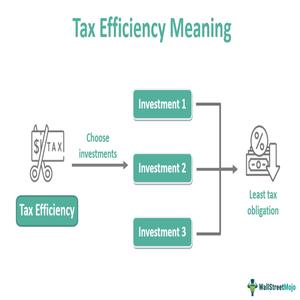“Timeline Layering” for Multi-Year Goals
Forget the typical advice to save a certain amount each month—wealthy buyers require strategic planning for significant purchases. Take the example of wanting a luxury car worth $200,000 in three years. Break down the plan into stages: In the first year, invest 30% of your budget into low-risk options like short-term bonds for consistent growth. During the second year, transfer 50% into easily accessible accounts to protect against market fluctuations. In the final year, ensure that all 100% is placed in highly liquid funds for quick access. This method effectively combines growth with security, unlike the inflexible monthly savings that cannot capture investment opportunities.
“Opportunity Cost Audits” Before Committing
Affluent individuals frequently miss the significance of opportunity costs associated with significant spending. Before embarking on a $500,000 renovation of a home, it’s wise to consider what income that money could generate in alternative investments. For instance, a private equity investment over two years could provide a 15% return, potentially covering 75% of the renovation expenses later on. If the remodel increases the home's long-term value—like adding an upscale office for remote work—the investment might be justified; however, if it's just for aesthetic purposes, waiting a year to accumulate more funds could soften the financial impact.

Flexibility through Vendor Relationships
Rather than adhering to rigid payment plans, capitalize on vendor connections for more adaptable agreements. When planning a $150,000 luxury getaway (such as a private villa and charters), negotiate terms that require a 20% deposit upfront, 30% when booking is confirmed, and the remaining 50% after the trip—along with an option to reschedule without fees if expected market returns do not materialize. In car purchases, request dealers to reserve the vehicle for six months while timing the withdrawal of funds, thus avoiding the necessity to sell during market downturns.
Financial Buffers for Cash Flow
While budgeting for an expense, it’s beneficial to include a 15-20% cash flow buffer in an easily accessible account. For instance, if purchasing a $300,000 classic car, this buffer can manage unforeseen expenses like vintage inspections, custom modifications, or storage costs. For renovations, it can cover unexpected repairs or the need for high-quality materials. This cushion helps avoid dipping into long-term investments or shared accounts, ensuring other financial objectives stay on course.
Timing for Tax Efficiency
Strategically plan significant expenditures to enhance tax advantages. A home renovation incorporating energy-efficient features (like premium solar panels) may qualify for tax incentives, thereby lowering the overall cost. When it comes to purchasing a car for business (such as one used for client engagements), timing it before the end of the fiscal year can allow for depreciation tax deductions. Wealthy individuals can collaborate with tax professionals to synchronize spending with tax cycles, transforming a major purchase into a tax benefit.

Shared Values in Goal Setting
For couples, it’s important to connect large expenses with mutual values to prevent disputes. If one partner desires a $250,000 vacation and the other favors a home renovation, prioritize goals based on their long-term effects: the renovation could enhance shared equity, while the vacation may improve quality of life. Agree to split the buffer funds—utilizing 50% for an immediate luxury getaway and the remaining 50% to expedite renovations. This approach keeps both partners engaged in the financial planning process, fostering harmony and preventing frustrations.


10 Financial Planning Tools to Help You Achieve Your 2025 Goals

Family Wealth: Strategic Asset Allocation

The Road to Million-Dollar Passive Income

Asset Revamp: Life After Kids

Protecting Investments During Volatility

ESG Investing Explained

Mindset Gaps: Ordinary vs. Affluent
